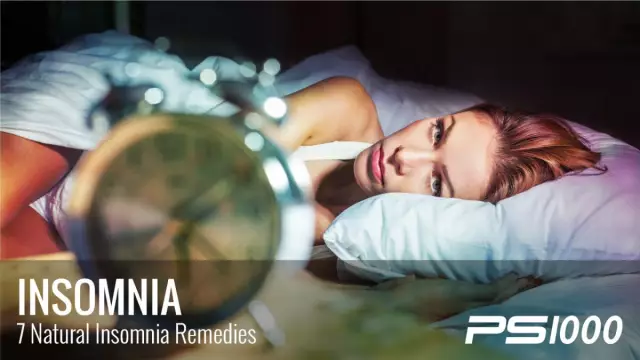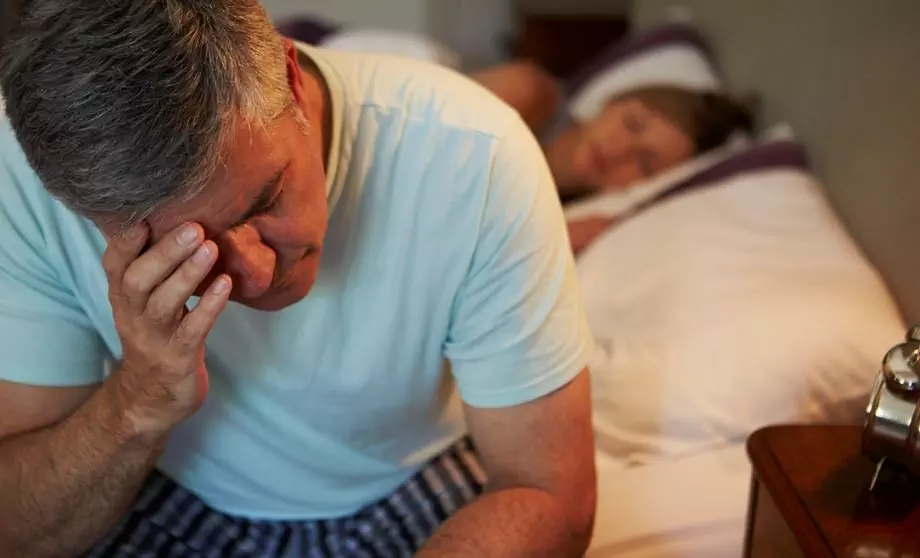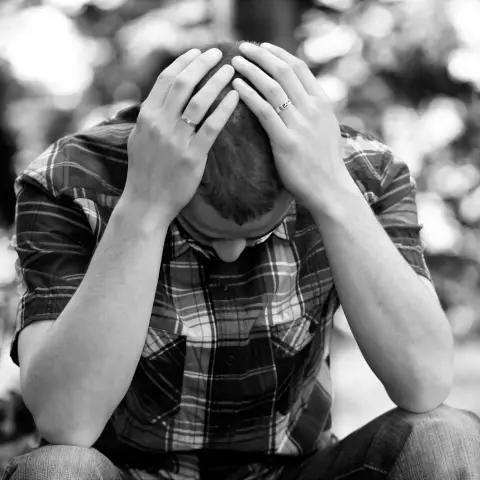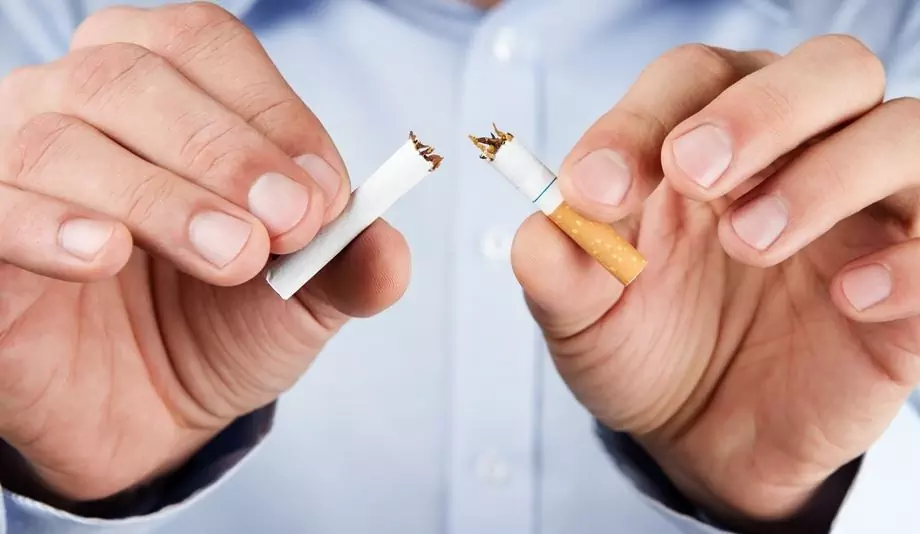- Author Rachel Wainwright [email protected].
- Public 2023-12-15 07:39.
- Last modified 2025-11-02 20:14.
8 easy ways to combat insomnia
According to statistics, about a third of all adults periodically suffer from insomnia (insomnia), and in every tenth it takes a chronic form. Insomnia is often manifested by the problem of falling asleep. The consequences of such violations can be quite serious: if you cannot fully rest, then work capacity decreases, the activity of the immune system decreases, mood and memory deteriorate.

Source: depositphotos.com
If insomnia develops as a result of any disease, treatment of the underlying ailment plays the main role in getting rid of it. The doctor can also prescribe sleeping pills, although not always: in most cases, a person experiencing problems with falling asleep does not need medication. In this situation, it makes sense to try to cope with insomnia using the methods that we will talk about.
Targeted muscle tension
During sleep, the muscles relax. However, after daytime activity, it is not always possible to immediately bring the muscles into such a state. It seems strange, but sudden muscle tension contributes to the rapid relaxation of muscles.
If you are unable to sleep, try contracting and unclenching sharply while lying down. You need to start with the toes, gradually moving to the calves, hips, buttocks. Then use your arms, shoulders, and neck. The sharp alternation of tension and relaxation will calm you down and cause drowsiness.
Respiratory technique "3 - 7 - 8"
This is one of the yoga techniques based on oxygenation of tissues and helps to stabilize the nervous system. You need to act like this:
- inhale slowly through the nose (inhalation should stretch for 3-4 seconds);
- hold your breath for 7 seconds;
- exhale smoothly and slowly through the mouth (for about 8 seconds).
A few minutes of this breathing exercise usually leads to falling asleep.
Warming the limbs
They say that a room designed for night sleep should be dark, quiet and warm. The first two statements are quite true, but the third is not so unambiguous. According to the latest research, good sleep is associated with breathing in cool air. This is why it is recommended that the bedroom is often ventilated or turned on the air conditioner. Just do not forget that the cold does not contribute to fast falling asleep. It is especially difficult to fall asleep when the limbs are cold. This means that the sleeping room should be cool, but his arms and legs need to be warmed. The easiest way is to wear thin woolen socks before going to bed or place a heating pad at your feet.
Choosing the optimal pose
Any position of the body during sleep has its pros and cons. For example, sleeping on your back is considered beneficial for the respiratory system and cardiovascular system, but dangerous if snoring or apnea occurs. Sleeping on your side is recommended to relieve stress on the thoracic and lumbar spine, although limbs may become numb. Sleeping on your stomach helps with digestive problems, but it is harmful for the blood supply to the brain.
There is no optimal solution to the question of which position is best to fall asleep in. One thing is clear: do not force yourself to lie in an uncomfortable position - discomfort will prevent you from falling asleep and reduce the quality of your sleep.
Placement of a roller under the knees
If you are tossing and turning and cannot sleep, try lying on your side with a roller or pillow under your half-bent knees (alternatively, clamp the roller between your knees). This position will help relax your back muscles, relieve the spine and bring the lumbar spine into the most comfortable position.
According to the latest research, sleeping on your side with a bolster under your knees is one of the most restful and quality sleep. Some bedding manufacturers have even started making small pillows specifically designed for this purpose.
Memories in reverse order
Among the reasons that interfere with normal sleep, one of the first places is occupied by anxiety and impressions of the previous day. You can reduce arousal by using a very simple and effective method: "living" the events preceding going to sleep in the reverse order. You need to recall in detail and leisurely how you washed, undressed, watched TV, dined, drove home from work, etc. Reverse scrolling of events helps to calm down and relax.
Washing with cold water
Cold water is believed to be invigorating, but this is not always the case. If you cannot sleep, you need to take cool water in your palms and lower your face into it, holding your breath. Doing this a few times will make you feel drowsy.
The effect of reducing arousal in this case is associated with the so-called mammalian diving reflex. It is a natural defense mechanism that slows breathing and heart rate, and lowers blood pressure when immersed headlong into liquid.

Source: depositphotos.com
Using the sleep paradox
Somnologists call the paradox of sleep the back reaction of the human brain to attempts to impose negative attitudes on it. If you find it difficult to fall asleep, try to convince yourself that sleep is unnecessary and not planned at all. On a tired brain, such statements act as a signal to calm and relax.
The quality of sleep largely depends on how correctly the furniture and decor of the bedroom are selected. In addition, if you have trouble falling asleep, it is worth finding out if you are behaving properly in the hours leading up to bedtime. The most common mistakes are a stormy showdown with loved ones, watching overly "temperamental" TV shows, listening to loud music. It is very harmful to fall asleep when the TV or computer monitor is on: it has been found that the light coming from the screens interferes with the production of melatonin (the sleep hormone).
Normally, a person falls asleep within 3-10 minutes. If this does not happen, it makes sense to apply any of the described methods. It is important to understand that each of them acts individually, and the method that will be effective for you may not be immediately found. And when insomnia turns into a chronic form, it is necessary to consult a doctor in order to diagnose the disease that caused the discomfort.
YouTube video related to the article:

Maria Kulkes Medical journalist About the author
Education: First Moscow State Medical University named after I. M. Sechenov, specialty "General Medicine".
Found a mistake in the text? Select it and press Ctrl + Enter.






